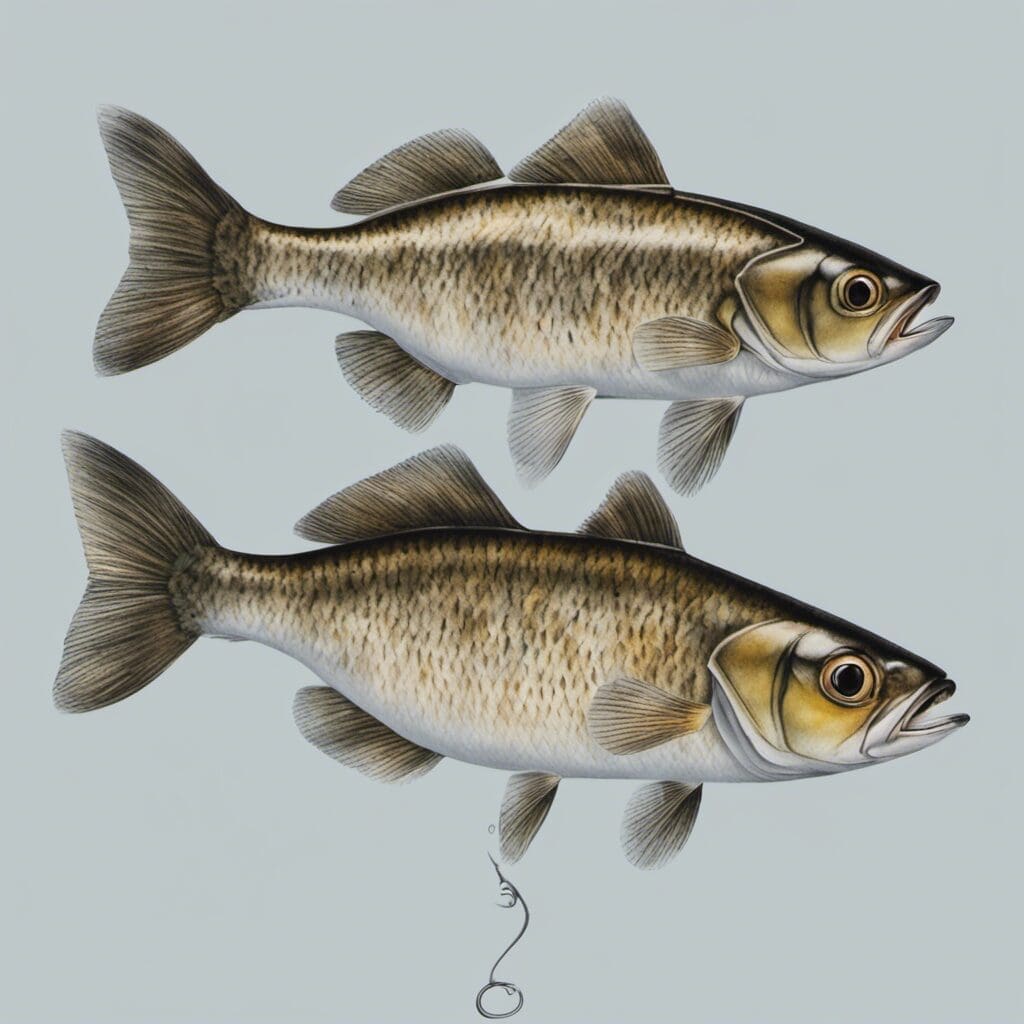Introduction
The Largehead Hairtail, also scientifically known as Trichiurus lepturus, falls under the Trichiuridae family. They are long, slender fish that possess a characteristic silver shine and a unique, saber-like shape.
Conservation Status
The current status of the Largehead Hairtail is least concern on the IUCN Red List, meaning the species is not currently endangered. Efforts to conserve the Largehead Hairtail largely focus on maintaining sustainable fishing practices, as overfishing could risk the population’s stability.
Statistics
| Statistic | Average | Range |
|---|---|---|
| Length | 150 cm | 50-230 cm |
| Weight | 5 kg | 1-11 kg |
| Life Span | 8-12 years | N/A |
Distribution
The Largehead Hairtail can be found in multiple oceans worldwide, including the Indian, Atlantic, and Pacific Oceans. They have even been found in the Mediterranean and Black Sea. These fish do not exhibit notable migration patterns.
Habitats
This fish species prefers warm-temperate and tropical waters. They are found at a depth range of 50 to 350 meters, adapting to different temperatures within this range.
When and Where to See
Largehead Hairtails can be spotted in the warmer months of the year, and are usually more active at dawn and dusk.
Best Fishing Locations
- South China Sea
- Western Indian Ocean
- Australian waters
- Sea of Japan
- Gulf of Mexico
- Baltic Sea
- Mediterranean Sea
The best way to locate Largehead Hairtails is to look for areas where their main food sources are plentiful, as they’re formidable predators.
How to Catch
The Largehead Hairtail is attracted to lures that mimic their primary food source, which includes small fish and squid. Various fishing techniques such as trolling and bottom fishing can be employed to catch them. As nocturnal species, they are more likely to bite at dawn or dusk.
Identification Guide
The Largehead Hairtail is easily identified by its long, thin body and large head, hence its name. The fish has a silvery body that shines in sunlight, with the older fishes develop a darker, bluish hue.
Culinary
Being a versatile species, the Largehead Hairtail can be prepared in various ways, such as grilling, steaming, or adding in soups. Its taste is mildly sweet. Nutritional information includes high amounts of protein and omega-3 fats. You can search for specific recipes online.
Additional Information
This species is interesting as they exhibit unique behavioral patterns. They feed primarily on fish, squid, and crustaceans, and they are known to be aggressive eaters. Predators include larger, carnivorous fish and humans.
References and Further Reading
- Fishbase Summary
- WoRMS – World Register of Marine Species
Searching the academic literature via Google Scholar and online databases may yield more detailed information.

